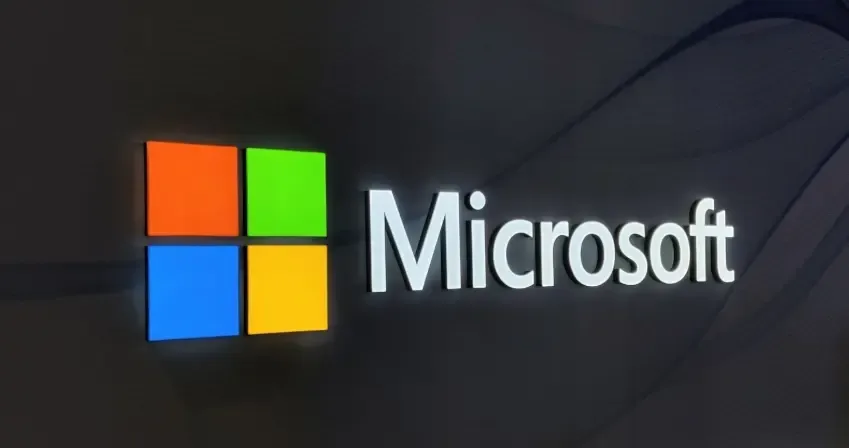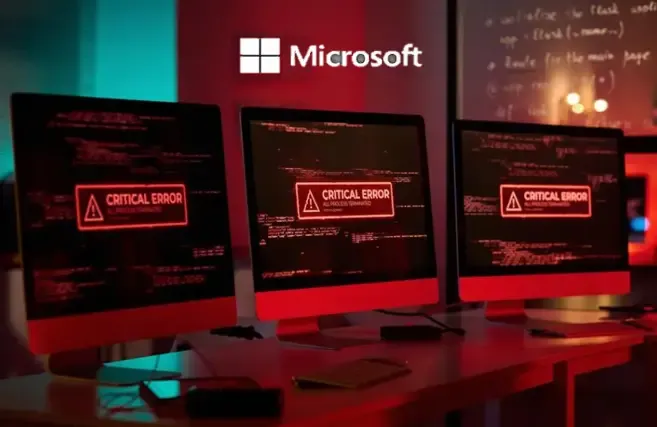Microsoft recently disclosed a critical vulnerability in Windows Defender (CVE-2024-49071), which could have allowed attackers to access sensitive file data across a network.

Despite the severity of the issue, users have been advised that no action is required on their part.
So, what’s the story behind this silent yet effective fix?
Understanding the Vulnerability
The vulnerability, rated critical, stemmed from Windows Defender’s handling of search indexes.
According to the Debricked vulnerability database, the issue occurred because Windows Defender created a search index of sensitive files without properly restricting access to authorized users.
This flaw could have allowed attackers with some level of access to exploit the vulnerability and disclose private data over a network.
Key Details
-
Vulnerability ID: CVE-2024-49071
-
Impact: Potential disclosure of sensitive file data across networks.
-
Attack Complexity: Low, but required some access to Windows Defender.
-
Exploitations: None reported to date.
Why No Action Is Needed
While a critical vulnerability might typically prompt immediate patch updates or user intervention, Microsoft took a different approach.
The issue was resolved entirely on the server side, with no updates or actions required from end users.
This is part of Microsoft’s new transparency initiative, announced in June 2024, which ensures that users are informed of critical vulnerabilities, even when no action is required. As Microsoft explained:
“We will issue CVEs for critical cloud service vulnerabilities, regardless of whether customers need to install a patch or take other actions to protect themselves.”
For CVE-2024-49071, Microsoft confirmed:
“The vulnerability documented by this CVE requires no customer action to resolve. This vulnerability has already been fully mitigated by Microsoft.”
A Quiet Fix with Full Transparency
Microsoft’s proactive and transparent handling of this Windows Defender issue highlights a shift in how cloud-related vulnerabilities are managed.
By addressing the problem server-side and notifying users through their security update guide, Microsoft ensured both a seamless resolution and an informed user base.
This approach is a win for security best practices, combining swift mitigation with open communication.
For Windows users, it means peace of mind without the hassle of manual intervention—a perfect example of security done right.







